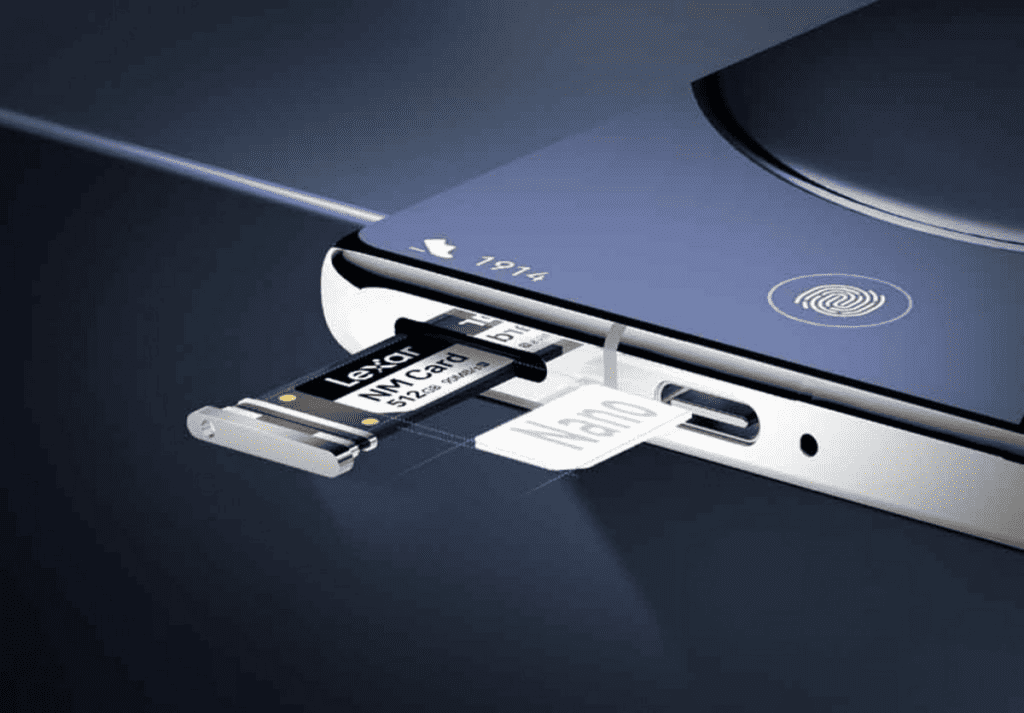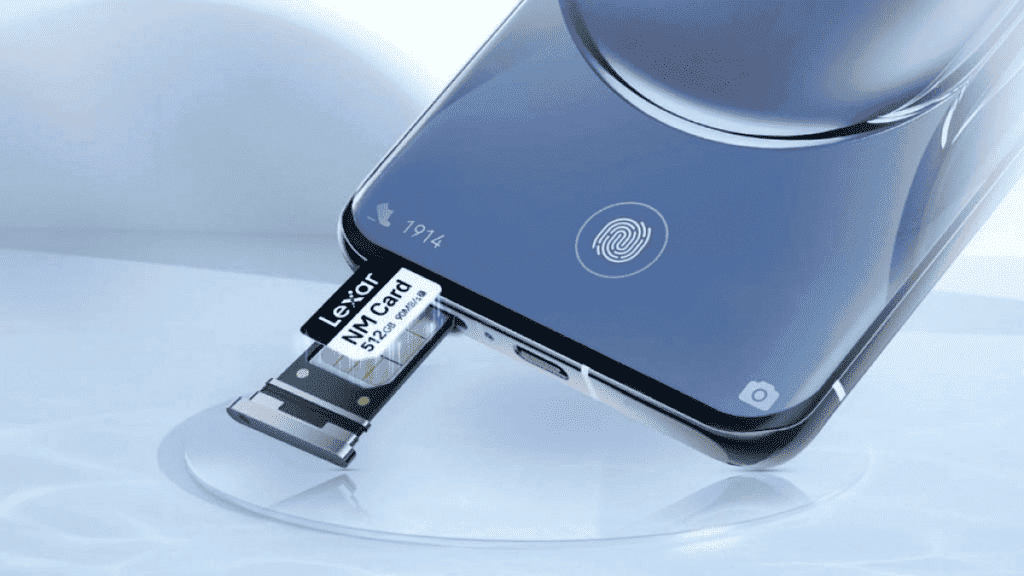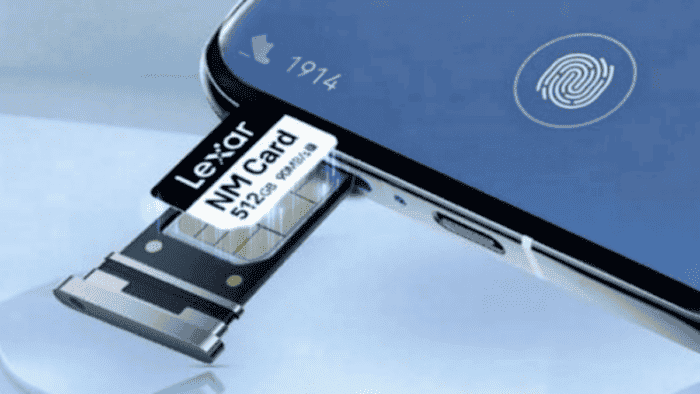Way back in 2018, Huawei introduced a proprietary memory card format called NM Card. It was a replacement for the micro SD card tech that had been a standard for modern smartphones, but is slowly fading away as brands keep leaving this feature behind. As cool as it may sound having a new kind of memory expansion tech for phones, the standard never achieved widespread adoption outside the Chinese maker’s own smartphones. Due to the limited number of devices, the demand was also small, and it’s no surprise that memory makers didn’t embrace the tech. With the recent rise of Huawei, Lexar decided to launch its own NM card with 512 GB of Internal Storage.
Huawei’s NM Card standard gets a new big offering – Understanding The Tech
Despite the issues with the US ban that severely hurt Huawei’s access to technology, the company managed to bypass the crisis and survive by its own. Now, Huawei smartphone sales are apparently picking up again. So, Lexar decided to launch a new NM Card for the brand’s smartphones. The new card comes with 512 GB of Capacity, which certainly is a good chunk of storage space for those who plan to capture high-resolution videos.

The NM card is one-third smaller than the micro SD card and fits easily in the nano-SIM slot (This is why it stands as “Nano Memory Card”). This design is considered complex and present some technical difficulties for manufacturers. Ultimately, this could increase the manufacturing costs at a time when companies are trying to reduce them. Due to the lower offer, The cost of these nano memory cards is significantly higher than that of conventional micro SD cards. Meanwhile, their write speeds is also basically the same as a regular microSD card.
The Lexar card supports eMMC 5.1 protocol and offers a reading speed of 90 MB/s and a writing speed of up to 85 MB/s, which are nowhere near the speed of built-in storage. However, it’s enough for shooting 4K video on a Huawei smartphone. The 512 GB NM card is yet to be listed for sale. The price tag will be between $100 as the current 256 GB NM card sits between $50 and $80 at Vmall, Amazon, and some offline stores.
Gizchina News of the week
The market for memory expansion technologies
Right now, Huawei is one of the few brands investing in any kind of memory expansion tech for its smartphones. Even long-term supporters of this tech like Samsung decided to ditch it on flagship smartphones. There are benefits in the memory expansion, but it is quickly become obsolete as faster internal storage stands keep emerging. It’s just a matter of time until storage expansion in smartphones becomes a thing of the past. Perhaps, we will still see this coming, but only in low-end devices that usually come with a very low storage amount.

Lexar investing on NM Card segment is a surprising move while the expansion cards are slowly fading away
In fact, it’s surprising to see Lexar return to the NM card bandwagon. In 2020, the company launched a couple of NM Cards, but didn’t revisit this range until now. On a business perspective, the company likely wants to explore this “unexplored” market to get some profit in the process. Meanwhile, most of the smartphone makers are slowly leaving the micro SD card slots behind, or making it something unique to low-end smartphones. There is basically no flagship that has support for micro SD card, and even mid-range phones like the recent Redmi Note 12 series phones are leaving that feature behind.
Conclusion
The current UFS tech used in internal storage is way faster than micro SD cards. Also, storage is much cheaper nowadays with even basic phones starting with 128 GB. The need for a micro SD card to expand storage is dropping as companies keep pushing this tech away from consumers. Users are exploring other alternatives, and we have to agree that there are safer ones. While a micro SD card can easily start to malfunction after a certain period of time and usage, you can keep files safe on cloud storage services. Nowadays, for most users if the smartphone’s storage isn’t enough, this is the only alternative.
While it’s interesting to see a new NM Card from Lexar, we don’t think this will help Huawei to expand this technology outside of its own smartphones. The public will remain select for the time being.





